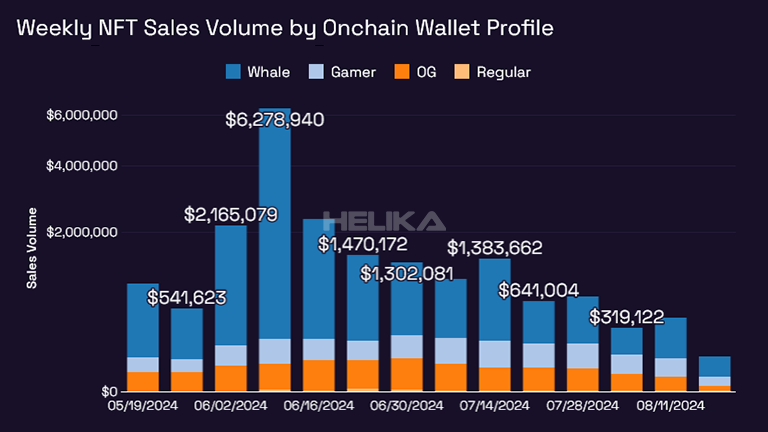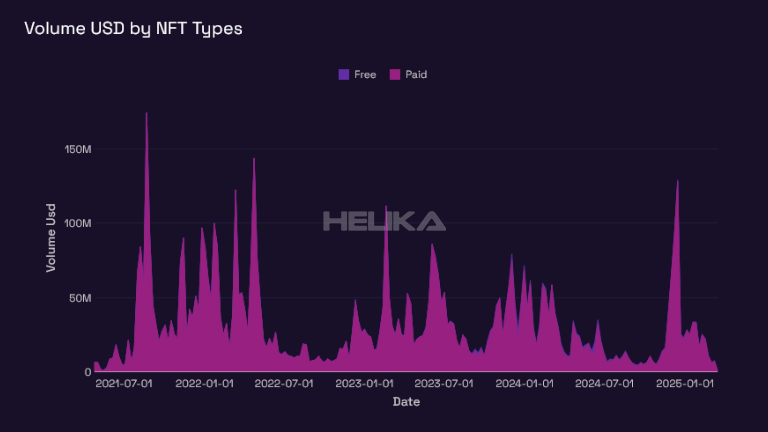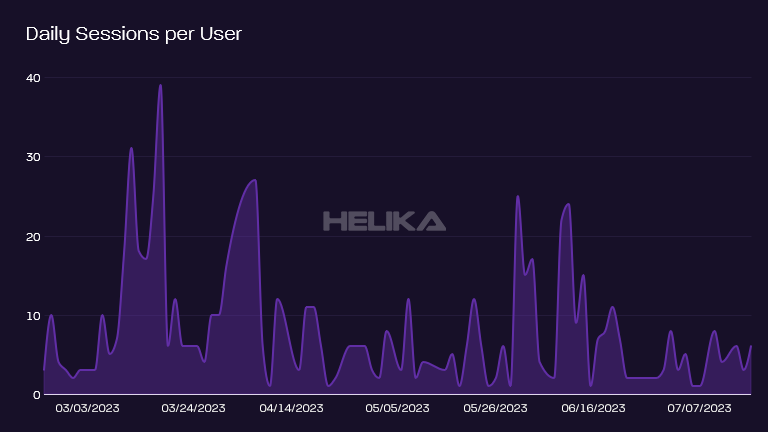Acquisition costs can often be high for businesses, especially in competitive industries like gaming. Companies may spend large amounts on marketing campaigns and other strategies to attract new customers and drive revenue. However, it’s essential to also consider the long-term value of those customers. It’s easier to keep a customer than to acquire a new one, making customer retention crucial for sustained business success.
7 Long Term Customer Retention Strategies
Addictive gameplay is just one aspect of customer retention in the gaming industry. Building strong relationships with customers is essential for long-term loyalty and revenue. Satisfied customers are more likely to continue purchasing products from a company and can even become brand advocates. Here are a few strategies to help increase long-term customer retention:
1. Create Customer Segments
Once you have a fair number of customers, it’s essential to analyze their behavior and segment them into different groups. Each group may have unique characteristics, preferences, and behaviors. By understanding these segments, you can tailor your marketing efforts towards their specific needs and improve their overall experience.
Segmentation can be powerful for increasing customer value because it allows you to create targeted campaigns and personalized experiences that resonate with each group. For example, individual customer who has a high average order value may be more receptive to higher priced products and exclusive deals, while a price-sensitive customer may respond better to discounts and promotions.

2. Reward Customer Loyalty
Loyalty programs are often the best way to reward customers for their continued support. These programs can offer discounts, exclusive content, and other benefits to incentivize repeat purchases. Let’s imagine how a customer loyalty program would work for a mobile game. Players could earn points or rewards for completing levels, making in-app purchases, or participating in events. These rewards can be used to unlock new features, characters, or in-game currency.
The reason why this strategy is so effective is that it creates a sense of exclusivity and value for customers. They feel special, appreciated, and motivated to continue supporting the game. Some players may continue to enjoy the game just to earn rewards, even if they no longer find the gameplay addictive. That’s not to say that the game should rely solely on rewards to retain customers, but it can be a significant factor in their decision to continue playing.
3. Build Marketing Strategies That Align with Customer Lifetime Value
Of course each game studio will have their own marketing budget and not every studio will have the resources to offer consistent rewards or run extensive loyalty programs. However, even without a dedicated loyalty program, game studios can still use customer lifetime value (CLV) as a guiding principle when crafting marketing strategies.
CLV is the estimated amount of revenue a customer will generate for your business over their entire lifetime. By understanding your customers’ CLV, you can tailor your marketing efforts to attract and retain high-value customers. This could mean investing more in acquiring new players who have a higher likelihood of spending money in the game or targeting promotions and ads towards loyal players who have a higher CLV.
For example, if your game’s main source of income is NFT in-game asset sales, you may want to focus your marketing efforts on attracting players who are interested in collectibles and have a history of making NFT purchases. This will not only attract high-value customers, but also potentially increase their lifetime value as your game aligns with a purchasing habit that they understand and enjoy.

4. Foster Strong Communities
It’s only natural for humans to crave social interaction and a sense of belonging. This applies to the gaming community as well, where players often form strong bonds with other players who share similar interests and passions. As a game studio, fostering a strong community around your game can significantly impact customer retention.
To foster a strong community, it’s important to actively engage with your players and create in-game events where socializing and collaboration are encouraged. Think of Fortnite’s VR concerts and other games where simply just hanging out with friends and chatting while playing the game has become a popular form of entertainment. It doesn’t have to be competitive but rather a way for players to connect and have fun together.
5. Ensure Smooth UX (User Experience)
There’s no denying that a smooth and enjoyable user experience is crucial for retaining players. This includes everything from game design, graphics, and controls, to server stability and loading times. As technology advances, players expect more seamless experiences when they play a game. Long load times or frequent crashes can quickly turn off even the most dedicated player. Make sure to invest in optimizing your game’s performance and regularly gather feedback from players to improve any issues that may arise.
Whether it be split testing or conducting surveys, gather data and make informed decisions on what changes or updates need to be made to enhance the user experience. This not only keeps players happy but also shows that you value their feedback and are constantly working towards improving their gaming experience. Heatmaps are also a great way to track player behavior and identify any areas that may need improvement.
With that being said, at Helika, we specialize in providing user-centric game development services to ensure a smooth and enjoyable experience for players. From concept to launch, we work closely with our clients to create engaging games that keep players coming back for more. Our data analysts can uncover commonly hidden insights about player behavior that can help improve game design and mechanics, ultimately leading to a better user experience and customer life cycle.

We’ve partnered with leading game studios like Maplestory, Ubisoft, Yuga Labs, Parallel, and others to drive data-informed strategies that boost player engagement, retention, and monetization. Don’t let your hard work of acquiring players go to waste due to poor game design or technical issues. Let Helika help you create a top-performing game that keeps players engaged and coming back for more.
6. Provide Quality Customer Service
A really great game may receive a large influx of new players, but if they have a poor customer service experience, it can be a major turnoff in the long run. It’s important to have a dedicated team or system in place to handle customer inquiries, complaints, and feedback. Ensuring quality customer service not only improves the overall satisfaction of players but also helps retain them.
A player who has a positive interaction with customer service is more likely to continue playing and even recommend the game to others. On the other hand, a negative experience can lead to players leaving and potentially sharing their negative experience with others. This can often be overlooked in the gaming industry as the focus is often on creating and improving the game itself. However, investing in quality customer service can greatly benefit a game franchise’s success for decades to come.
7. Continuously Update and Improve Products
To create more repeat purchases and long-term loyalty, it’s important to continuously update and improve the products or services being offered. Customers are more likely to stick with a company if they see that their feedback is being heard and implemented. This can also create excitement and anticipation for new updates or releases. Additionally, constantly improving and updating products shows a commitment to providing the best possible experience for customers.
DLCs are a common way to keep customers engaged and coming back for more. These downloadable content pieces can range from new levels, characters, or items, adding value and extending the life of the game. This novelty factor can also attract new customers who may have overlooked the game initially. However, companies should be cautious not to overuse DLCs or make them too expensive, as it may leave a negative impression on customers.
Customer Lifetime Value Calculation
To calculate the total worth of a customer, businesses use the customer lifetime value (CLV) metric. It’s a crucial metric that helps companies understand the long-term value of their customers and make strategic business decisions. CLV is calculated by multiplying the average customer lifespan by the average purchase value and then subtracting the acquisition cost. It’s essential to continually monitor and track CLV to ensure customers are providing a positive return on investment.
This customer lifetime value formula can be used in the context of a gaming business as well. For example, a company can calculate the CLV of a customer who has been playing their game for several years and spending money on in-game purchases. By understanding the value of this customer, the business can make targeted efforts to retain them and increase their lifetime value even further.
These calculations can often fall outside the knowledge base of many game development studios. That’s why it would be beneficial to partner with a gaming analytics company such as Helika. Our team of data experts delivers actionable insights, empowering studios to refine and enhance their gameplay mechanics for an optimized player experience.
Helika’s churn analysis enables game developers to retain users, while AI and machine learning-powered bot filtering conserves valuable developer resources. This comprehensive suite of data analytics equips game developers to maximize their potential and sheds insights on how to improve customer lifetime value.
Why Customer Lifetime Value Matters
The number of new customers is important but one of most important metrics that is often overlooked by businesses is customer lifetime value (CLV). The longer a customer continues to engage and make purchases with a business, the higher their CLV becomes. This metric provides valuable insights into the overall health of a company’s customer base and can have a significant impact on its bottom line.
Humans rarely change their habits and the efforts needed to acquire a new customer are much greater than retaining an existing one. This is why increasing customer retention by just 5% can lead to an increase in profits of 25% to 95% according to this Harvard Business Review article. By actively creating strategies for tapping back into a fanbase that may have felt neglected, game developers can see a significant increase in customer lifetime value and overall revenue.
Final Thoughts
Customer acquisition costs may be a necessary expense, but it’s important not to overlook the value of retaining customers. By understanding and utilizing customer lifetime value metrics, businesses can make informed decisions about resource allocation, marketing strategies, and building strong customer relationships. Continuously monitoring and improving customer lifetime value can lead to long-term success and growth for businesses in the gaming industry and beyond.
Helika is the perfect tool to help businesses track and optimize their customer lifetime value, allowing for sustainable growth and success in the competitive gaming market. Contact us today to learn more about how our platform can benefit your business and increase customer retention.


